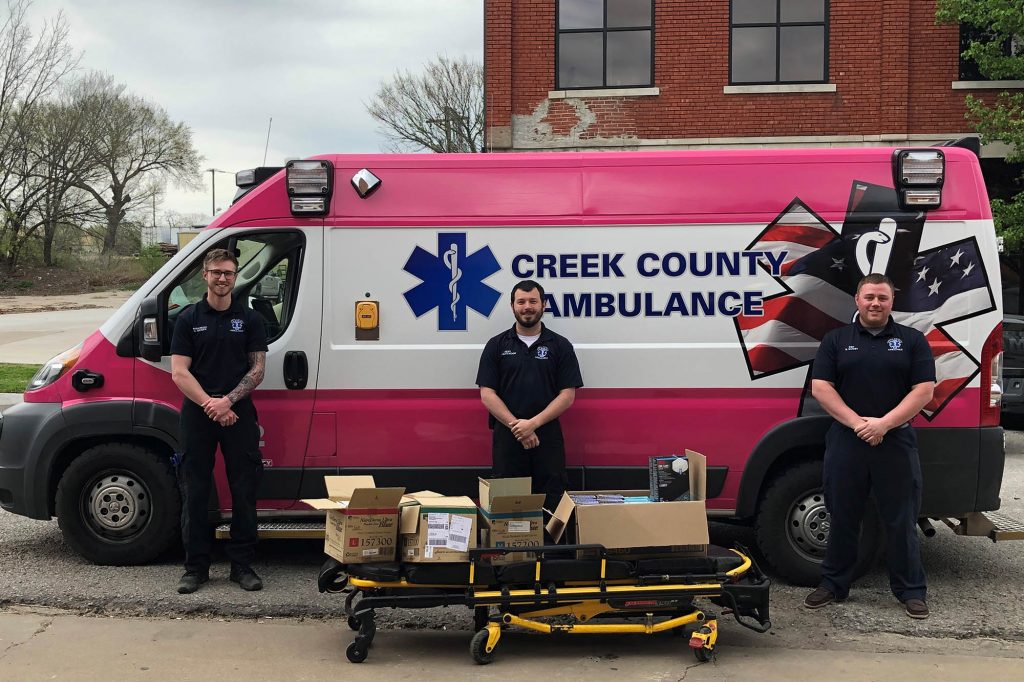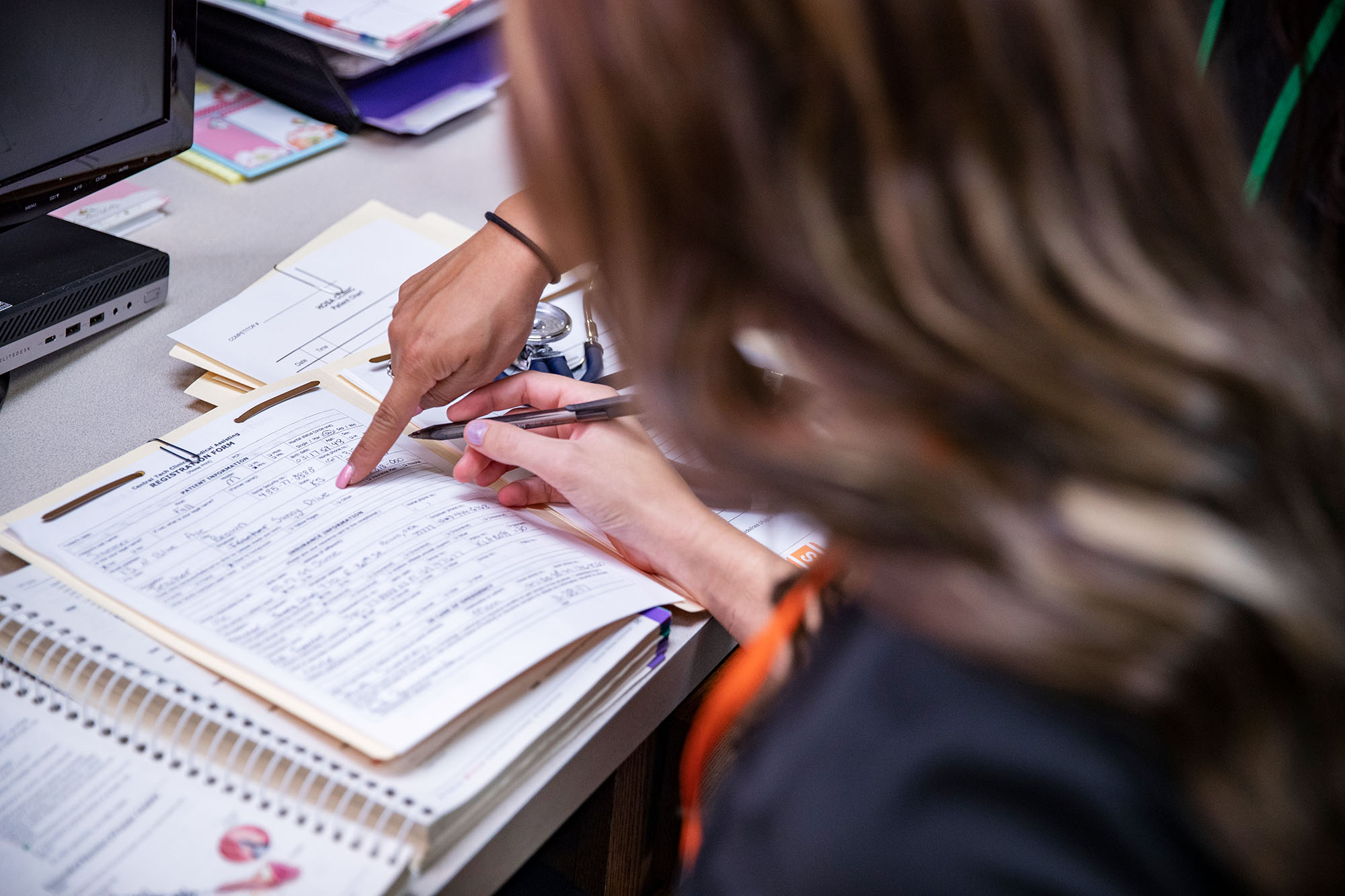With the growing need for health care providers and a substantial waiting list of potential students, Central Tech expanded the two-instructor 60-capacity Health Careers program on the Drumright campus to a four-teacher program, doubling the capacity for student enrollment.
After visiting a neighboring technology center that separated first and second year students, health instructors, Brandi Fisher and Reena Heilmann, approached their supervisors convinced that this format would allow them to increase lab opportunities, focus on specialized training and provide more individualized time with students.
“Due to a huge influx in retirements coupled with an increased demand for quality health care and health care provider replacements, more nurses are needed to fill the gap,” says Sarah Brien, health care instructor for Central Tech.
Today’s aging population has more people moving into primary care settings, leaving hospitals along with other medical institutions in need of additional health care providers who deliver specialized care. Consequently, job opportunities are expanding within the health care fields.
With the health careers program at Central Tech maintaining 100 percent capacity, an increasing need in the workforce, and approximately 70 prospective students on a waiting list, administration began planning the expansion.
Quickly juggling classroom space around campus, a suitable location was found and summer renovation began. Current instructors Fisher and Heilmann would teach the Advanced Health Careers class, open to second year students, high school seniors, and adults. Two new instructors would be hired to teach the first year health careers students.
First year students learn anatomy and physiology (A&P), medical terms, and earn their first aid/CPR certification. “They receive a high school science credit for A&P and learn the basic core curriculum which, in turn, allows them to research pathways and hone in on particular skills the second year,” says Kristin Beitz, science instructor for first year students.
“The instructors and the students for both classes work closely with each other. We know what curriculum they are teaching and how they are teaching it,” said Fisher. “We combine the classes and work as teams on health projects like proper handwashing, gowning, masking and gloving.”
“In fact, second year students mentor first year students,” said LaDonna Gear, campus director.
“Peer mentors explain career options and even help teach the first aid/CPR certification,” said Brien.
Heilmann said setting clear expectations of where students need to be by the end of the first year prepares them for the advanced class and other health career options.
After learning the basics, Fisher says second year students in the advanced class begin to specialize in their preferred field. Among the choices available are pre-nursing, pharmacy technician, phlebotomist, physical therapy aide, student athletic training aide, veterinary assistant, nursing assistant and health unit clerk.
“Second year students can also choose from other Central Tech classes such as Medical Assisting, Medical Front Office, or Biomedical Sciences,” said Gear. “After high school graduation they can apply for Surgical Technology, Practical Nursing, Emergency Medical Technician (EMT), or Paramedic.”
Although some graduates join the workforce immediately, others pursue higher certification or degrees. Fisher reports that five out of 12 students in the most recent practical nursing class on the Drumright campus were graduates from the health careers program within the last few years.
The health field is ever-changing, always growing, and has a huge need in many areas. Don’t just think hospitals – there are flight nurses, careers overseas, nurses working for lawyers, paramedics, and more, said Heilmann and Fisher.
Central Tech is a great way to dive into the many occupations in the health industry and find what’s right for you.




